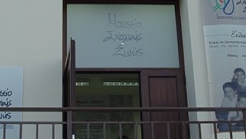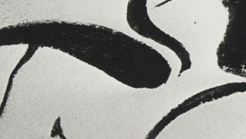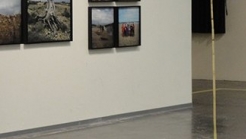

Greece
The Fountain of the Lions or "Lions" is one of the central parts of the city. It is well known except by locals and foreigners. The fountain was built in 1628 by General Provisioner Francesco Morosini to help supply water to the city, which suffered from water scarcity.
The Fountain of the Lions
The Fountain of the Lions or "Lions" is one of the central parts of the city. It is well known except by locals and foreigners. The fountain was built in 1628 by General Provisioner Francesco Morosini to help supply water to the city, which suffered from water scarcity. The water that gave generously to the inhabitants came from the mountain Zeus. The Fountain is adorned with various architectural ornaments, such as armorial bearings, mythological scenes, etc. Over lions stood a statue of Neptune, which is no longer extant. During the Ottoman contributions made to the monument and placed a kind cab ride from the Fountain.
Στην σύγχρονη εποχή έγιναν κάποιες παρεμβάσεις προς συντήρηση του μνημείου. Στο σημείο δίνονται πολλά ραντεβού από τους ντόπιους. Δίπλα εκεί βρίσκεται και ένα ρολόι το οποίο συμπληρώνει την εικόνα της πλατείας.


The Museum school life N. Chania was founded by the Local Authority Chania after initiative and proposal educational and spiritual people.


The Museum Nikos Kazantzakis in Myrtia Heraklion opened on June 27, 1983 by the culture minister Melina Mercouri.


The old venetian building that was at the beginning of the 20th century one of the first industrial areas of the island, it is now a modern Museum space high standards.
1039 Ε 6061 01515 00